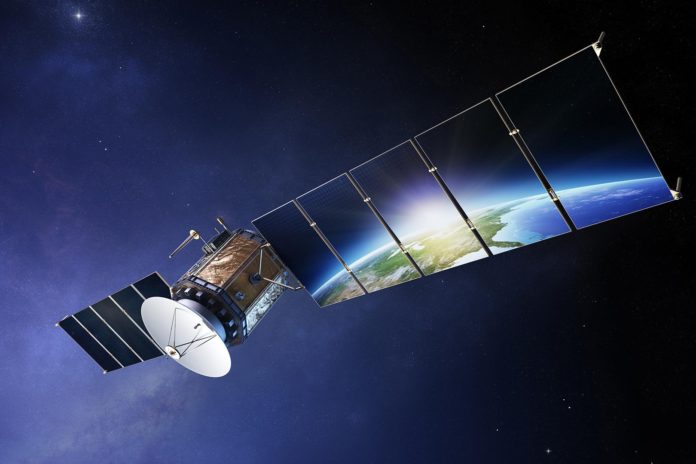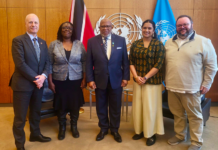By Winnie Kamau,
Nairobi, Kenya: Recently, I joined a conversation on Low Earth Orbit Satellite Systems (LEOs) which was ignited on the Internet Society (ISOC) wall with a paper published for review on the same.
I must admit, I was curious to know more about this technology and how it works. Satellite Internet publication describes the Low-Earth orbit as the closest orbit to the Earth’s surface, approximately 111–1,242 miles above sea level (180–2,000 km).
Most of the world’s space missions have been to LEO, which is where the International Space Station and Hubble Space Telescope are located. However, communications satellites that deliver internet service are generally much farther away in high-Earth orbit, which is 23,000 miles (37,015 km) above sea level.
This got me thinking about Elon Musk’s journey to the moon and the creation of a future on planet Mars. Just connecting the dots to see the journey to the moon literally through his company Starlink is among many other companies who have deployed their LEOS.
Starlink now available in 36 countries!https://t.co/nH1zPfd2Om
— Elon Musk (@elonmusk) July 22, 2022
A recent report by Space in Africa dubbed, The State and Future of LEO Satellite Internet Connectivity in Africa captures the impact of LEOs as a source of internet coverage to the unreached communities, especially in Africa.
The report indicates as of early 2021, 46.7% of the world’s population was still offline. Surprisingly, only 11% of the total offline population living in areas with no 3G/4G connectivity at all. Sub-Saharan Africa contributes to the highest rate of unconnected people at 28%. However, Africa has had the highest internet growth rate since 2000 in comparison to all the other world regions.
The report shows that cell phone penetration has increased steadily with the Global Systems for Mobile Association (GSMA) projecting the number of new internet users in sub-Saharan Africa will increase from 303 million to 474 million between 2020 and 2025. The change will raise mobile contribution from $132 billion to $155 billion.
The need of supporting infrastructure including roads and electricity is paramount in ensuring internet connectivity is a reality. World Bank data shows an increase in electricity connections since 2004. As of 2018, 46% of the continent was connected to electricity compared to 34% in 2012. According to the report, these supporting infrastructure drives down the cost of deploying internet infrastructures such as fiber and cell phone base stations. The effect cascades to the general increase in internet connectivity.
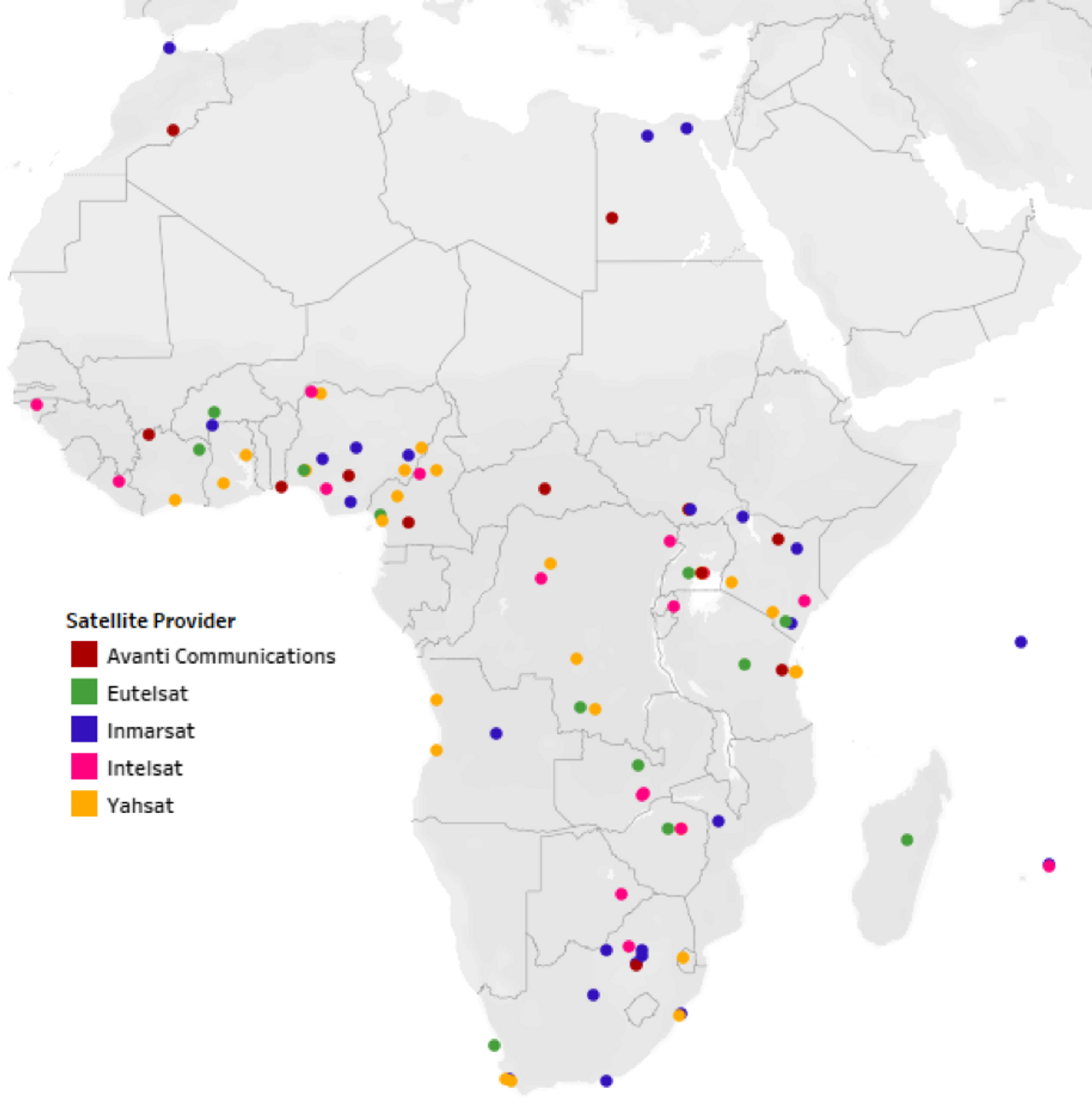
The major Internet Service Providers (ISP) in Africa are national governments and foreign companies. Some national governments have launched operational GEO satellites to provide internet services to underserved and remote locations. Also for government installations and for military purposes such as Algeria, Egypt, Angola, and Nigeria.
LEO satellite operators have also started penetrating the African market. For instance, Globalstar has obtained spectrum rights and is eligible to operate in Kenya, Gabon, South Africa, Mozambique, and Rwanda. Also, SES is providing similar services in the Democratic Republic of Congo (DRC) through its Medium-Earth Orbit (MEO) O3b system. These efforts demonstrate the growing interest of LEO companies in Africa’s emerging market.
The report indicates, that in Kenya, the ICT ministry in partnership with United Nations Children’s Fund (UNICEF) has set aside $140 million to connect 1,000 primary schools to the internet. Neighboring Tanzania has set out a project to connect primary schools to the internet in a bid to improve teachers’ and children’s access to educational content.
In Mali, Guinea, Burkina Faso, Côte d’Ivoire, Madagascar, Liberia, Cameroon, Botswana, and DRC. Orange and its subsidiaries are rolling out similar efforts to connect schools to the internet. Similar efforts are ongoing in Egypt, Morocco, and Tunisia. All these efforts occur against the backdrop of the United Nations and International Telecommunications Union’s (ITU) $5 billion project to connect all schools across the globe.
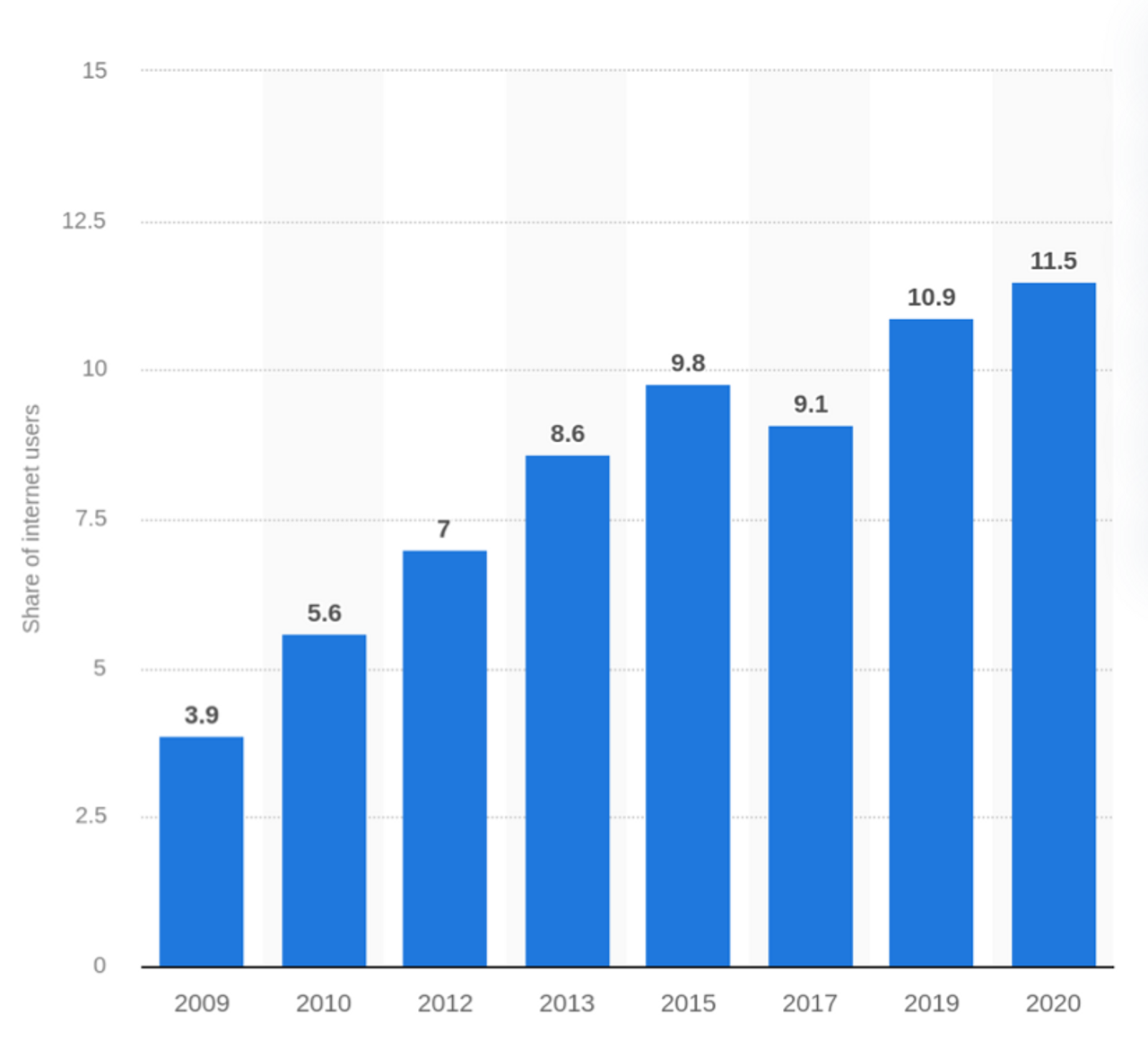
Countries are now integrating technology into their healthcare systems to provide life-changing solutions to patients across Africa. Rwanda became the first country in 2016 to transport blood and other medical supplies using drones provided by an American company, Zipline Inc.
In Tanzania, the telecoms company, Airtel provides free messaging services about infant care to pregnant women and new mothers. Similar efforts have been achieved in South Africa through a messaging application, MomConnect, a mobile messaging platform integrated with a national pregnancy registry and a help desk for questions and feedback.
Due to the challenges of terrestrial-based systems, satellites are likely to bring more people online in Africa in the next five years according to Massachusetts Institute of Technology (MIT) research.
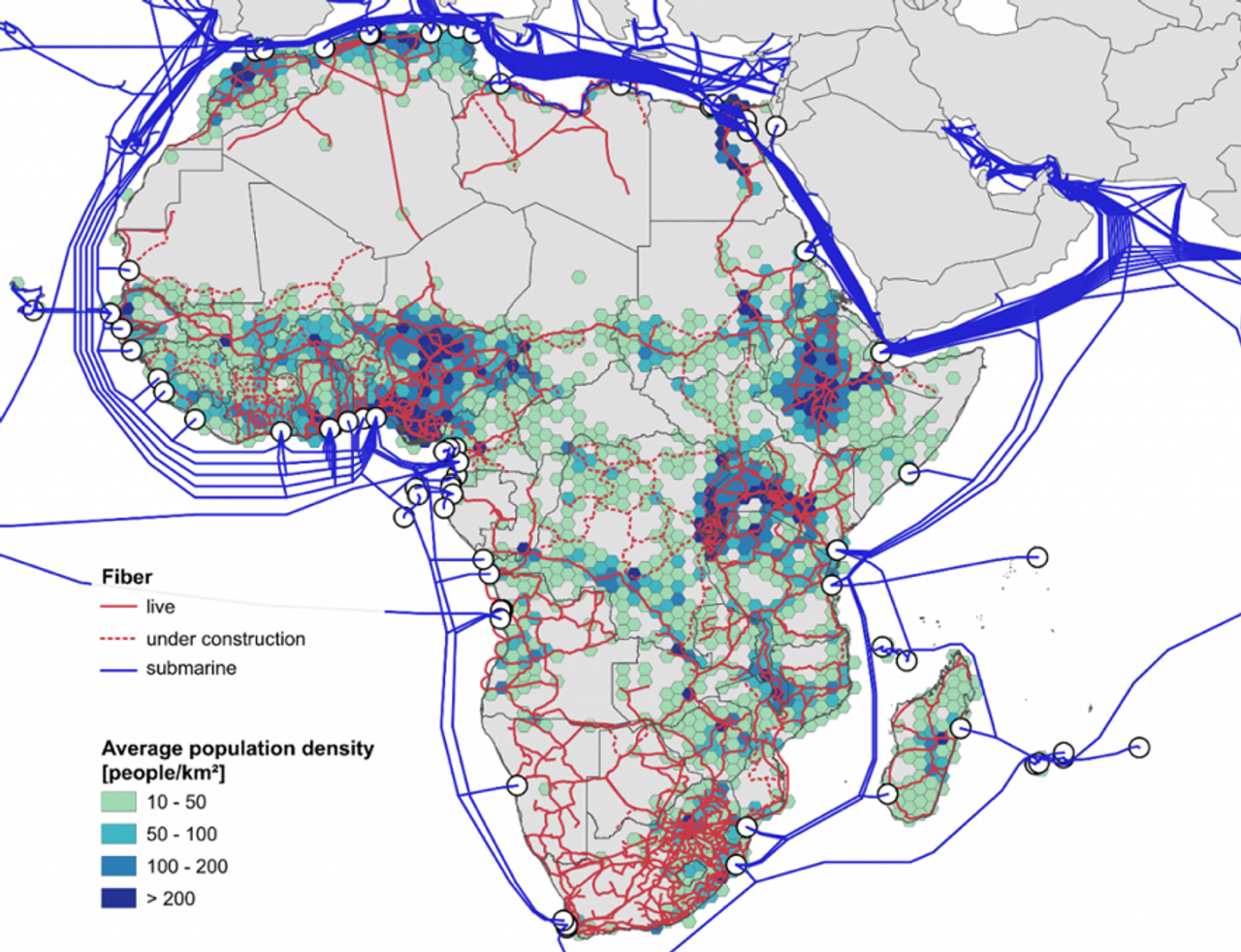
The paradigm shift in internet service delivery has seen LEO operators beginning to target African markets. In 2019, the Rwandan government together with Qualcomm Technologies and Softbank Group Corp raised a total of $3.4 billion to finance OneWeb’s LEO constellation.
The government planned to use satellites to provide the internet to rural schools and villages. It is alleged that OneWeb, however, went bankrupt in 2020 and it is unclear if the new iteration of the company will renew the previous agreement with Rwanda.
Canadian satellite operator Telesat also has an existing partnership with the United Kingdom’s Sat Space Africa to provide broadband connection in the southern African countries of Namibia, Angola, and South Africa. While Liquid Telecom has similar arrangements with Telesat to improve the quality of service in broadband delivery to 10 African countries.
The LEO companies have bolstered their efforts in penetrating the African market in the current decade. America’s Globalstar has already acquired spectrum rights in Kenya, Mozambique, South Africa, Gabon, Rwanda, and Botswana. The spectrum rights not only allow Globalstar to provide internet services to the customers but also establish gateway stations as is the case in Botswana.
SpaceX’s Starlink constellation is making an early application to the Nigerian Communications Commission (NCC) for a spectrum license to capture the market. The company has had similar talks with South Africa’s Independent Communication Authority of South Africa ICASA) to obtain a license of operation in the country. The multiple efforts from the LEO companies demonstrate Africa’s market potential.
Just on Tuesday the 26th of July Eutelsat Communications (Euronext Paris: ETL) and key OneWeb shareholders signed a Memorandum of Understanding (MoU) with the objective of creating a leading global player in Connectivity through the combination of both companies in an all-share transaction.

The presser indicated that the transaction would be structured as an exchange of OneWeb shares by its shareholders (other than Eutelsat) with new shares issued by Eutelsat, such
that, at closing, Eutelsat would own 100% of OneWeb (excluding the ‘Special Share’ of the UK Government). OneWeb shareholders would receive 230 million newly issued Eutelsat shares representing 50% of the enlarged share capital.
“I am delighted to announce this new and significant step in the collaboration between Eutelsat and OneWeb. Bringing together our two businesses will deliver a global first, combining LEO constellations and GEO assets to seize the significant growth opportunity in Connectivity, and deliver our customers’ solutions to their needs across an even wider range of applications. This combination will accelerate the commercialization of OneWeb’s fleet while enhancing the attractiveness of Eutelsat’s growth profile” said Dominique D’Hinnin, Eutelsat’s Chairman.
Eutelsat will combine its 36-strong fleet of GEO satellites with OneWeb’s constellation of 648 Low Earth Orbit satellites, of which 428 are currently in orbit.
“Having played a pioneering role in providing connectivity in the emerging world, I am excited about the possibilities of connecting the unconnected. The combination of Eutelsat and OneWeb represents a significant development in that direction as well as a unique GEO/LEO combination. The positive early results of our service together with our strong pipeline represent a very exciting opportunity in the fast-growing satellite connectivity segment, especially for customers requiring a high speed, low latency experience” explained Sunil Bharti Mittal, OneWeb’s Executive Chairman.
Trading under its existing name, OneWeb will continue to operate the LEO business, with OneWeb’s headquarters remaining in the UK while Eutelsat will continue to be headquartered and domiciled in France.
“Just 20 months ago, OneWeb resumed its mission to connect the unconnected and remove the barriers to connectivity that hold back many of the world’s underserved economies and
communities. Since then, we have turned this vision into reality and become the second largest low Earth orbit satellite operator in the world.
Today’s announcement is another bold step in OneWeb’s remarkable journey” said Neil Masterson, OneWeb’s Chief Executive Officer.

